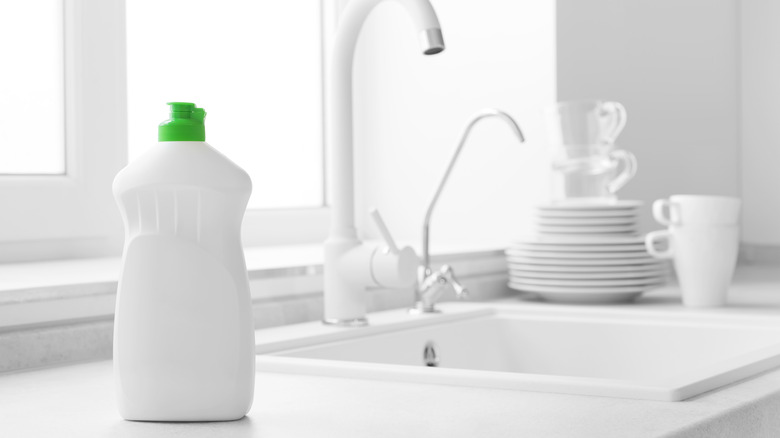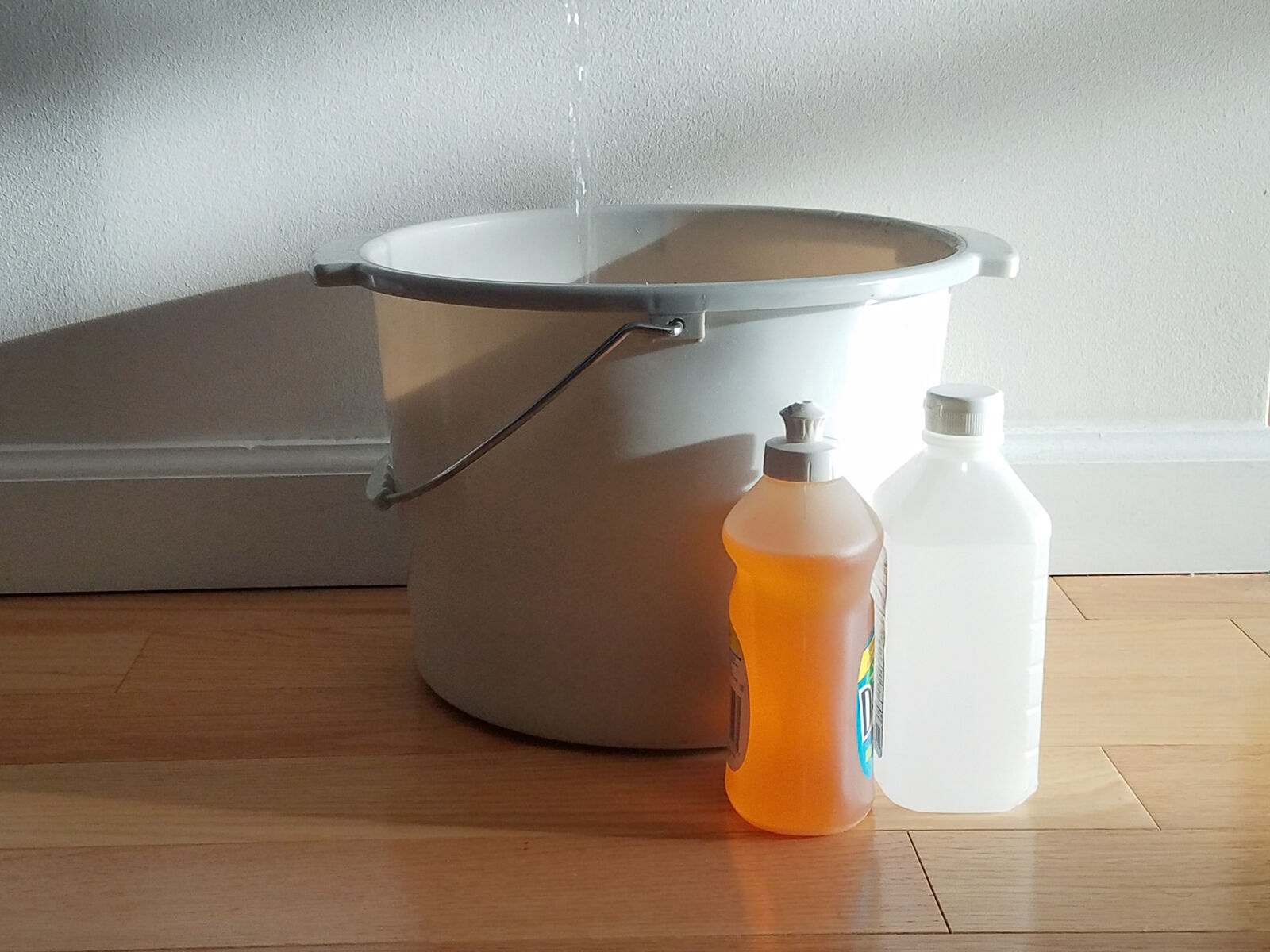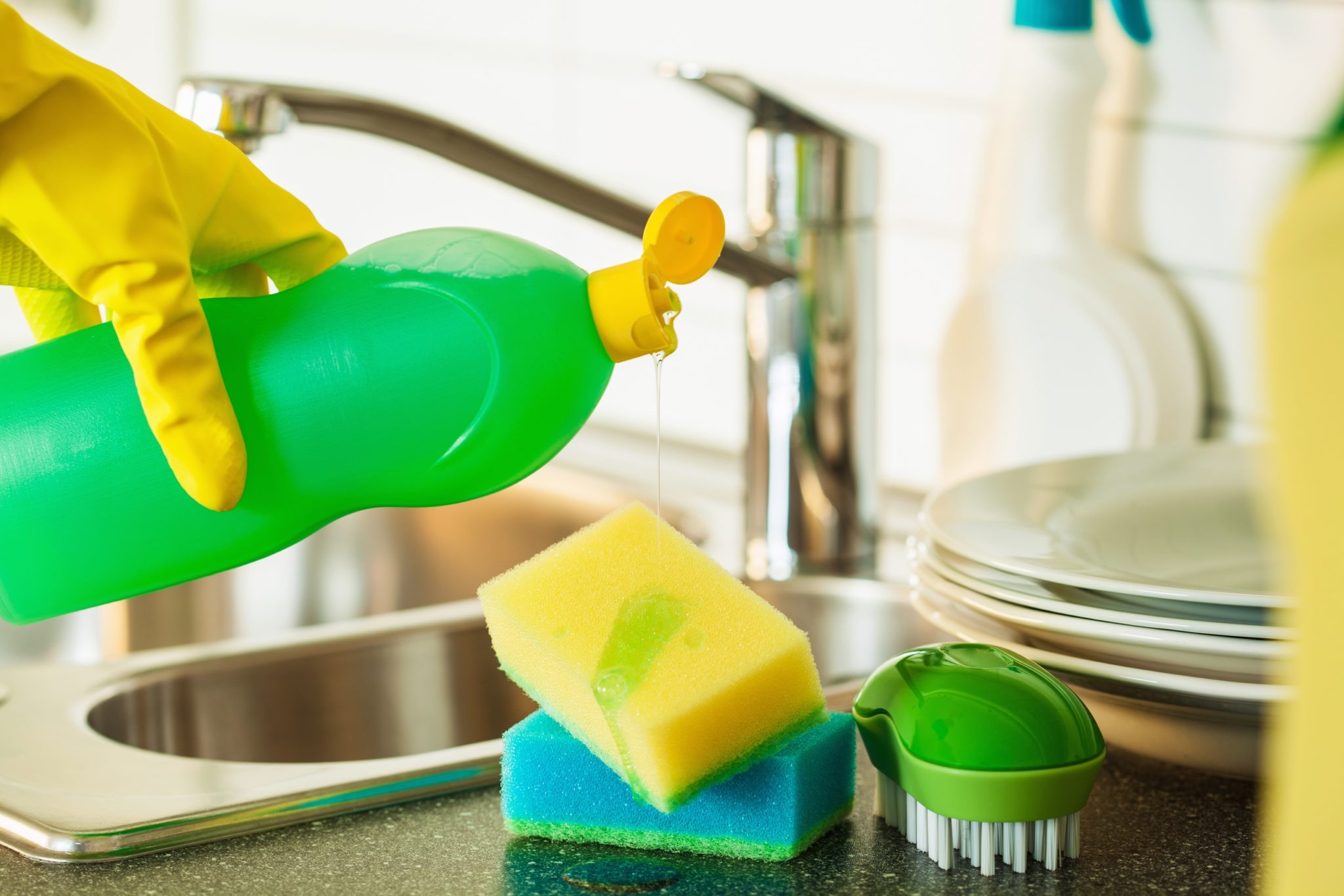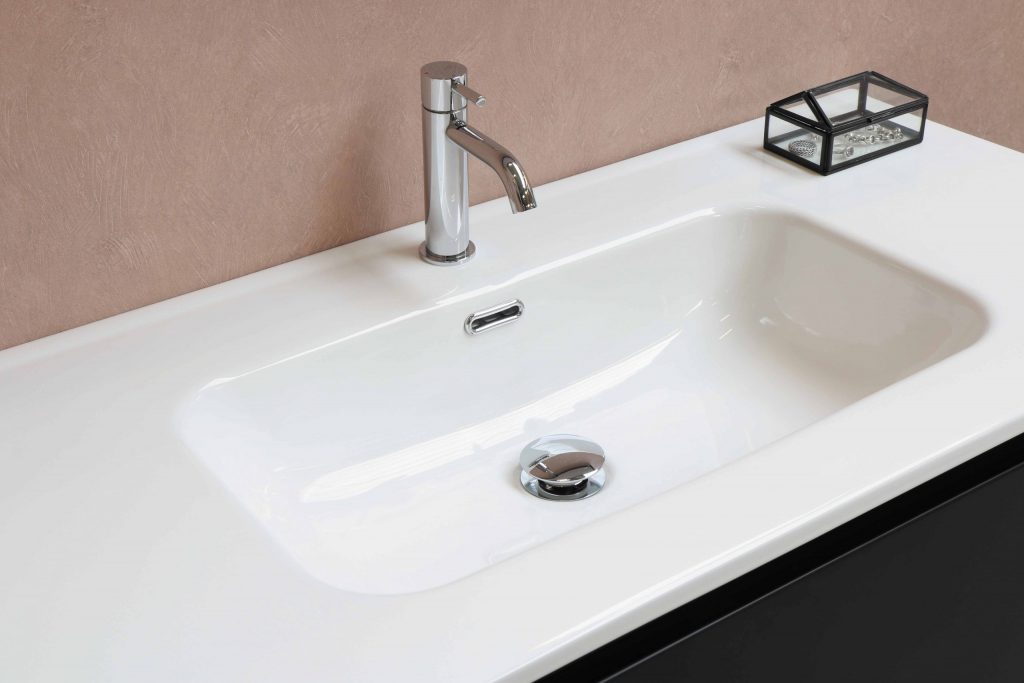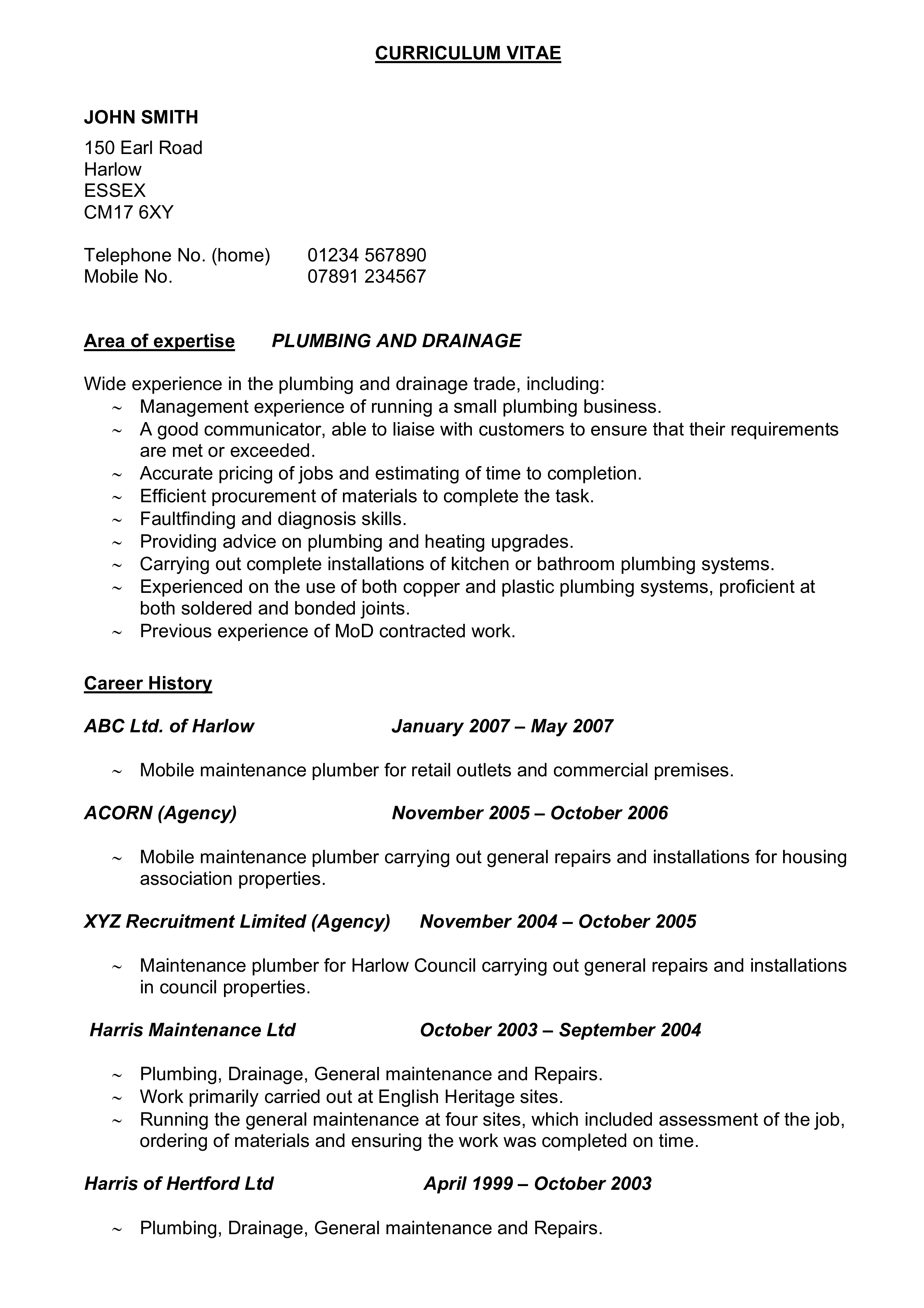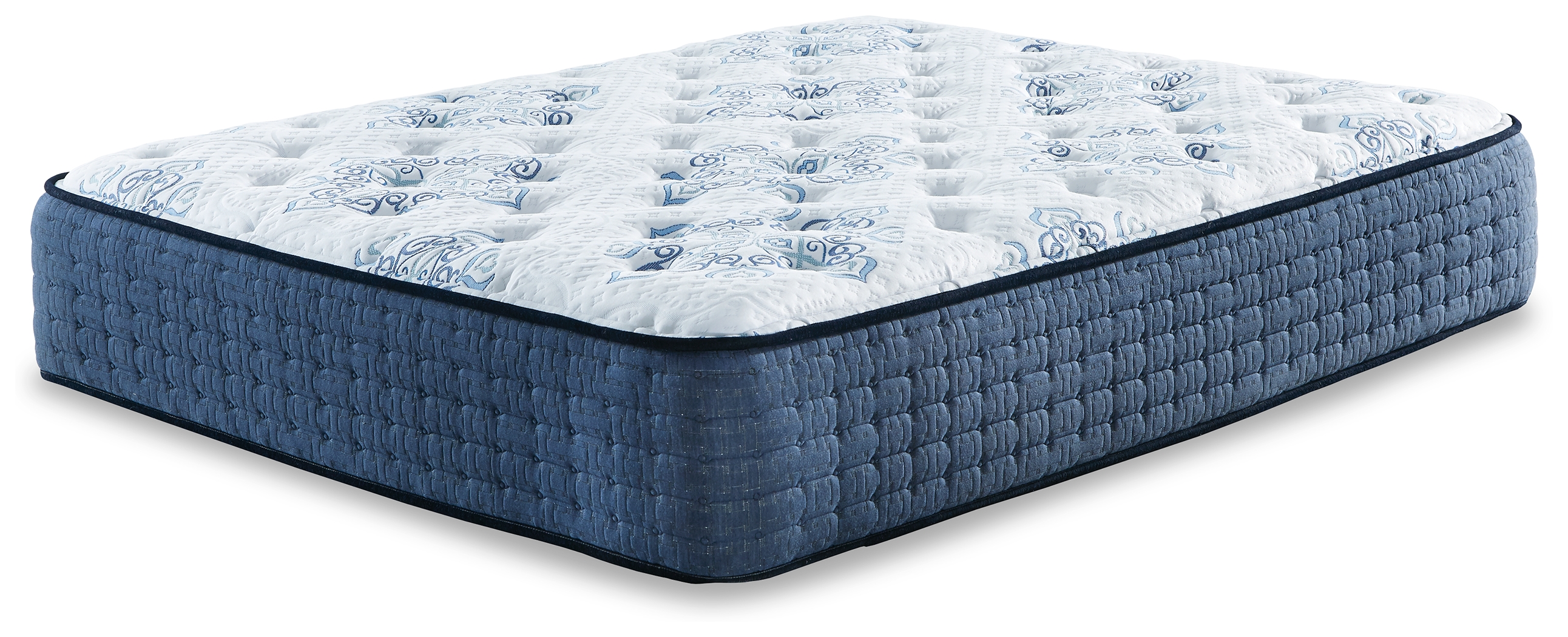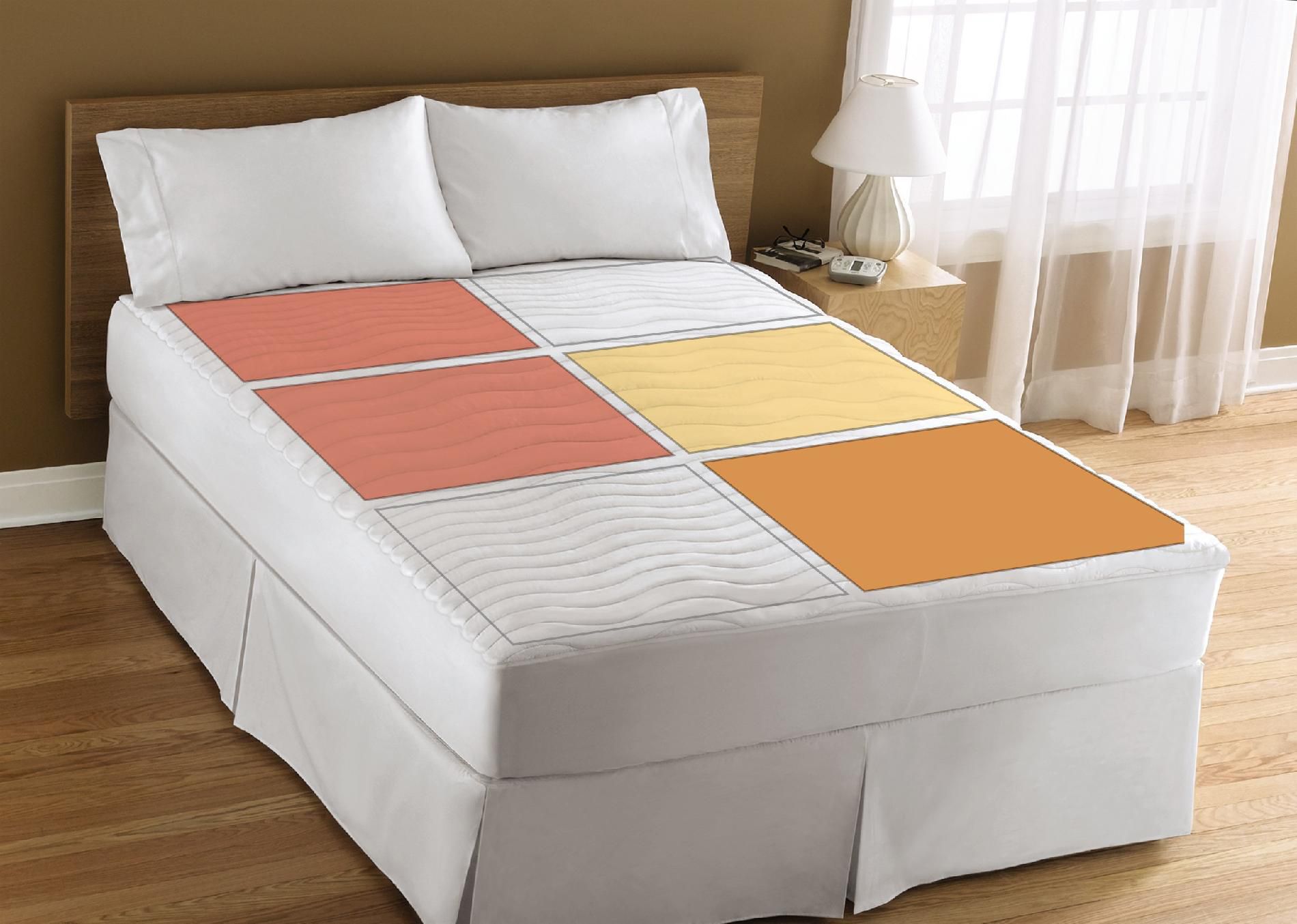If you've noticed that your kitchen sink is draining slowly or not at all, it's time to take action. One of the most common and effective ways to unclog a kitchen sink is by using a plunger. This tool is designed to create suction and pressure that can dislodge any blockages in your drain. To use a plunger, fill your sink with enough water to cover the rubber end of the plunger. Place the plunger over the drain and push down gently, then pull up quickly. Continue this motion several times until the water starts to drain. If the blockage doesn't clear after a few tries, you may need to try another method.1. Use a Plunger to Unclog Your Kitchen Sink
Another household item that can help unclog your kitchen sink is a mixture of baking soda and vinegar. These two ingredients create a chemical reaction that can break down and dissolve any debris or grease buildup in your drain. To use this method, start by pouring half a cup of baking soda down the drain, followed by half a cup of vinegar. Cover the drain with a plug or cloth to contain the reaction, and let it sit for about 15 minutes. Then, pour a pot of boiling water down the drain to flush out the debris. This method may need to be repeated a few times to completely clear the blockage.2. Try a Mixture of Baking Soda and Vinegar
If the blockage in your kitchen sink is particularly stubborn, a plumbing snake may be the solution. This tool, also known as a drain auger, is a long, flexible wire with a corkscrew-like end that can be inserted into your drain to break up and remove the blockage. To use a plumbing snake, insert the end into the drain and turn the handle to push it through. When you feel resistance, rotate the snake to help break up the blockage. Once the snake has reached the blockage, pull it back out to remove the debris. Repeat this process until the water starts to drain freely.3. Use a Plumbing Snake
In some cases, a simple solution like pouring boiling water down your drain can be enough to clear a minor blockage. This method is most effective for breaking down grease and soap scum buildup in your drain. To use this method, boil a pot of water and carefully pour it down the drain in stages, allowing it to work for a few seconds between each pour. If the blockage is still present, you may need to try another method.4. Pour Boiling Water Down the Drain
If none of the above methods work, you may need to use a chemical drain cleaner to unclog your kitchen sink. These products contain powerful ingredients that can break down and dissolve stubborn blockages, but they can also be harmful if not used properly. When using a chemical drain cleaner, be sure to follow the instructions carefully and use protective gear, such as gloves and eye protection. Avoid using these products frequently, as they can damage your pipes and harm the environment.5. Use a Chemical Drain Cleaner
If you're comfortable with some hands-on work, you can try removing and cleaning the P-trap under your kitchen sink. This curved pipe is designed to catch debris and prevent it from clogging your drain, but it can become clogged itself over time. To remove the P-trap, place a bucket or large bowl underneath to catch any water that may spill out. Use pliers to loosen the fittings and carefully remove the pipe. Clean out any debris and then reattach the P-trap. This method should only be used if you're confident in your plumbing skills.6. Remove and Clean the P-Trap
A wet/dry vacuum can also be a useful tool for unclogging a kitchen sink. This powerful vacuum can create enough suction to remove blockages and debris from your drain. To use this method, place the vacuum hose over the drain and turn it on. The suction should be strong enough to pull out any debris that may be causing the blockage. This method may need to be repeated a few times to completely clear the drain.7. Use a Wet/Dry Vacuum
If you prefer a more natural approach, you can create your own drain cleaner using salt and baking soda. Salt is abrasive and can help break down debris, while baking soda can help neutralize odors and dissolve grease. To use this method, mix half a cup of salt with half a cup of baking soda and pour it down the drain. Let it sit for a few minutes, then pour a pot of boiling water down the drain to flush out the debris. This method may need to be repeated a few times for stubborn blockages.8. Try a Homemade Drain Cleaner with Salt and Baking Soda
If you don't have baking soda or vinegar on hand, you can try using hot water and dish soap to unclog your kitchen sink. The hot water can help melt away any grease or oil buildup, while the dish soap can act as a lubricant to help dislodge the blockage. To use this method, pour a few tablespoons of dish soap down the drain, followed by a pot of boiling water. Let it sit for a few minutes, then use a plunger to try and clear the blockage.9. Use a Combination of Hot Water and Dish Soap
If none of the above methods work or if you're uncomfortable trying to unclog your kitchen sink on your own, it's best to call a professional plumber. They have the expertise and tools to effectively clear any blockages and ensure your pipes are in good working condition. Remember to regularly maintain your kitchen sink to prevent future clogs. Avoid pouring grease and food scraps down the drain, and use a drain cover to catch any debris. By following these tips and methods, you can keep your kitchen sink free from clogs and functioning properly.10. Call a Professional Plumber
How to Unclog Your Kitchen Sink: A Step-by-Step Guide

Dealing with a clogged kitchen sink can be a major inconvenience for any homeowner. Not only does it disrupt your daily routine, but it can also lead to unpleasant odors and potential water damage. Fortunately, unclogging a kitchen sink is a simple task that can be done with just a few household items. Here's a step-by-step guide on how to unclog your kitchen sink and get your plumbing back in working order.
 Step 1: Assess the Situation
Before you start trying to unclog your kitchen sink, it's important to understand the cause of the blockage. Is it a single sink or a double sink? Is the clog located in the drain or in the garbage disposal? Identifying these factors will help you determine the best course of action.
Step 2: Clear the Area
Next, make sure to clear out any items or debris from around the sink. This will give you more space to work and prevent any accidents or messes.
Step 3: Boil Water
Boiling water is a simple and effective way to break up a clog. Heat up a pot of water on the stove until it reaches a rolling boil.
Step 4: Try a Plunger
Using a plunger is a classic method for unclogging a sink. Place the plunger over the drain and push down firmly, then pull up quickly. Repeat this action several times until the clog starts to break up.
Step 5: Use Baking Soda and Vinegar
If the plunger doesn't do the trick, try using a mixture of baking soda and vinegar. Pour ½ cup of baking soda down the drain, followed by ½ cup of vinegar. Let it sit for a few minutes, then pour hot water down the drain to flush out the clog.
Step 6: Check the Garbage Disposal
If your kitchen sink has a garbage disposal, it's possible that the clog is located there. Turn off the disposal and use a flashlight to check for any obstructions. If you find something, use tongs or pliers to remove it.
Step 7: Call a Professional
If none of these methods work, it may be time to call a professional plumber. They have the tools and expertise to tackle even the toughest clogs and can help prevent future issues.
Preventing Clogs in the Future
To prevent future clogs in your kitchen sink, avoid pouring grease, oil, or coffee grounds down the drain. Use a sink strainer to catch any food debris, and run hot water down the drain after each use to help keep it clear.
Step 1: Assess the Situation
Before you start trying to unclog your kitchen sink, it's important to understand the cause of the blockage. Is it a single sink or a double sink? Is the clog located in the drain or in the garbage disposal? Identifying these factors will help you determine the best course of action.
Step 2: Clear the Area
Next, make sure to clear out any items or debris from around the sink. This will give you more space to work and prevent any accidents or messes.
Step 3: Boil Water
Boiling water is a simple and effective way to break up a clog. Heat up a pot of water on the stove until it reaches a rolling boil.
Step 4: Try a Plunger
Using a plunger is a classic method for unclogging a sink. Place the plunger over the drain and push down firmly, then pull up quickly. Repeat this action several times until the clog starts to break up.
Step 5: Use Baking Soda and Vinegar
If the plunger doesn't do the trick, try using a mixture of baking soda and vinegar. Pour ½ cup of baking soda down the drain, followed by ½ cup of vinegar. Let it sit for a few minutes, then pour hot water down the drain to flush out the clog.
Step 6: Check the Garbage Disposal
If your kitchen sink has a garbage disposal, it's possible that the clog is located there. Turn off the disposal and use a flashlight to check for any obstructions. If you find something, use tongs or pliers to remove it.
Step 7: Call a Professional
If none of these methods work, it may be time to call a professional plumber. They have the tools and expertise to tackle even the toughest clogs and can help prevent future issues.
Preventing Clogs in the Future
To prevent future clogs in your kitchen sink, avoid pouring grease, oil, or coffee grounds down the drain. Use a sink strainer to catch any food debris, and run hot water down the drain after each use to help keep it clear.
Conclusion
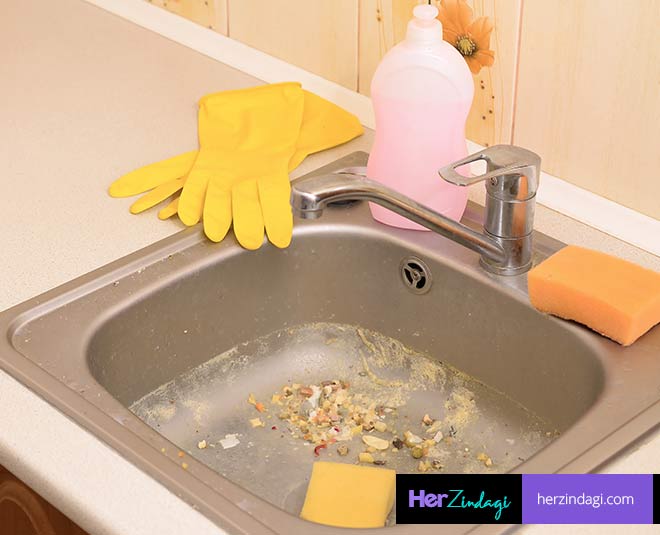 Now that you know how to unclog your kitchen sink, you can handle any clog that comes your way. Remember to always use caution when working with plumbing and never hesitate to call a professional if needed. With these tips, you can keep your kitchen sink running smoothly and avoid any future plumbing headaches.
Now that you know how to unclog your kitchen sink, you can handle any clog that comes your way. Remember to always use caution when working with plumbing and never hesitate to call a professional if needed. With these tips, you can keep your kitchen sink running smoothly and avoid any future plumbing headaches.



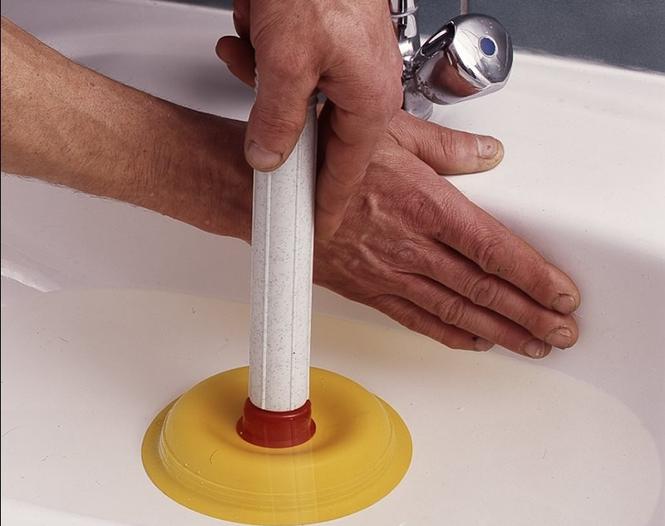
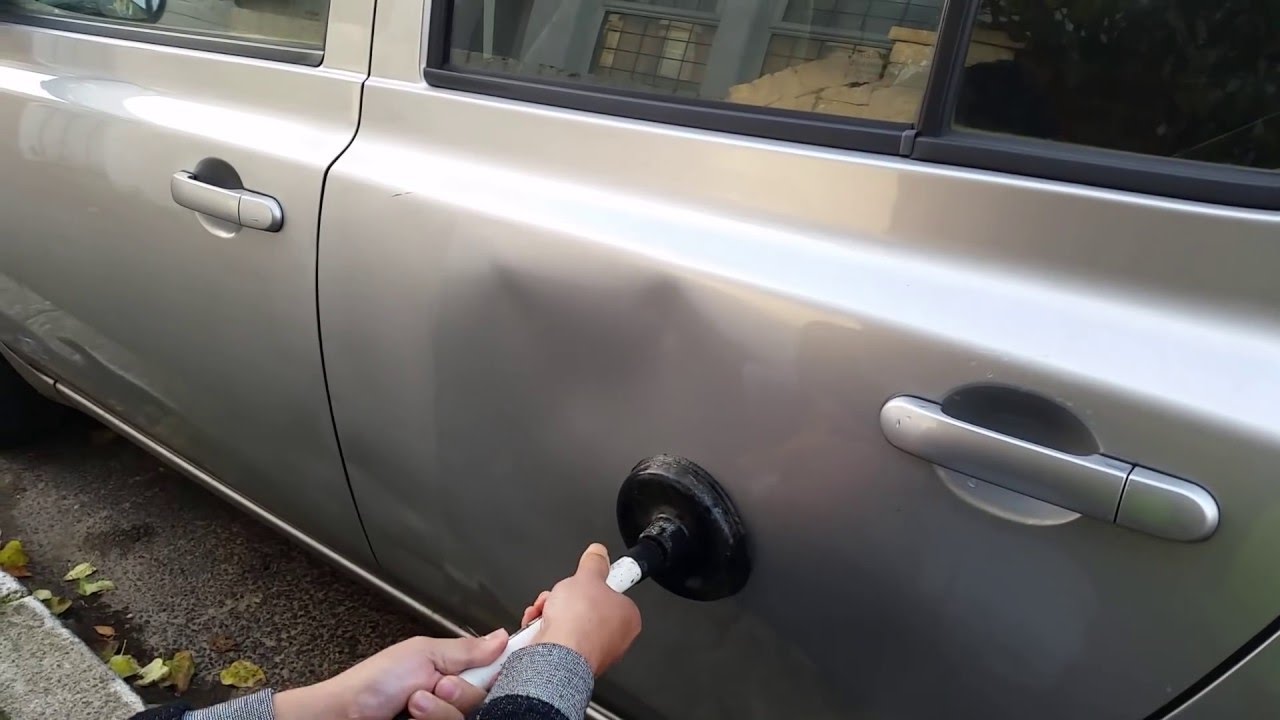




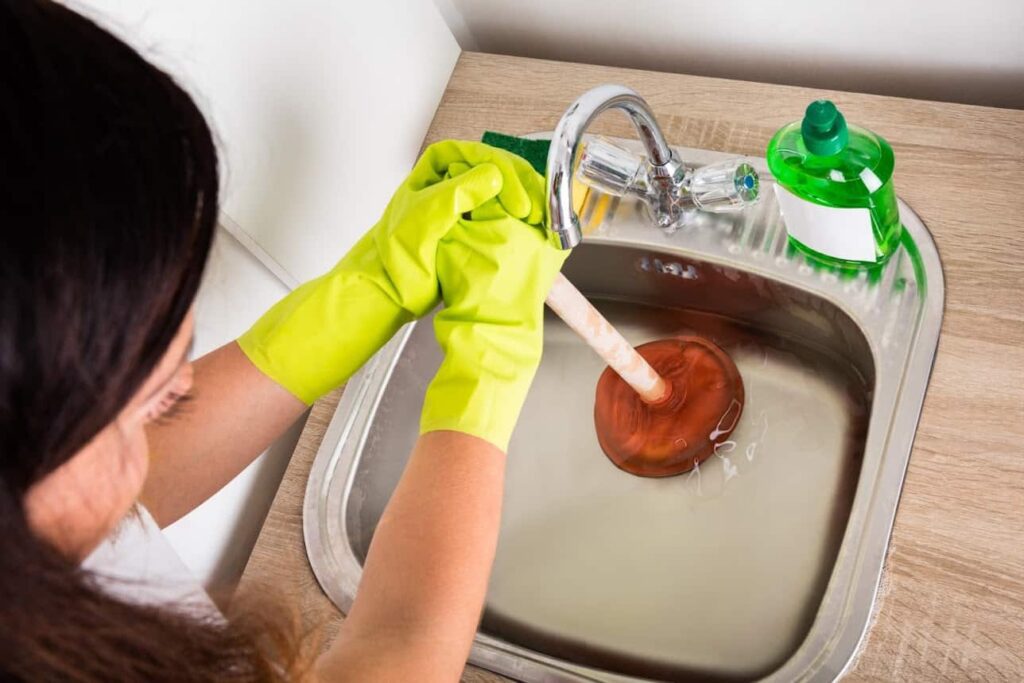








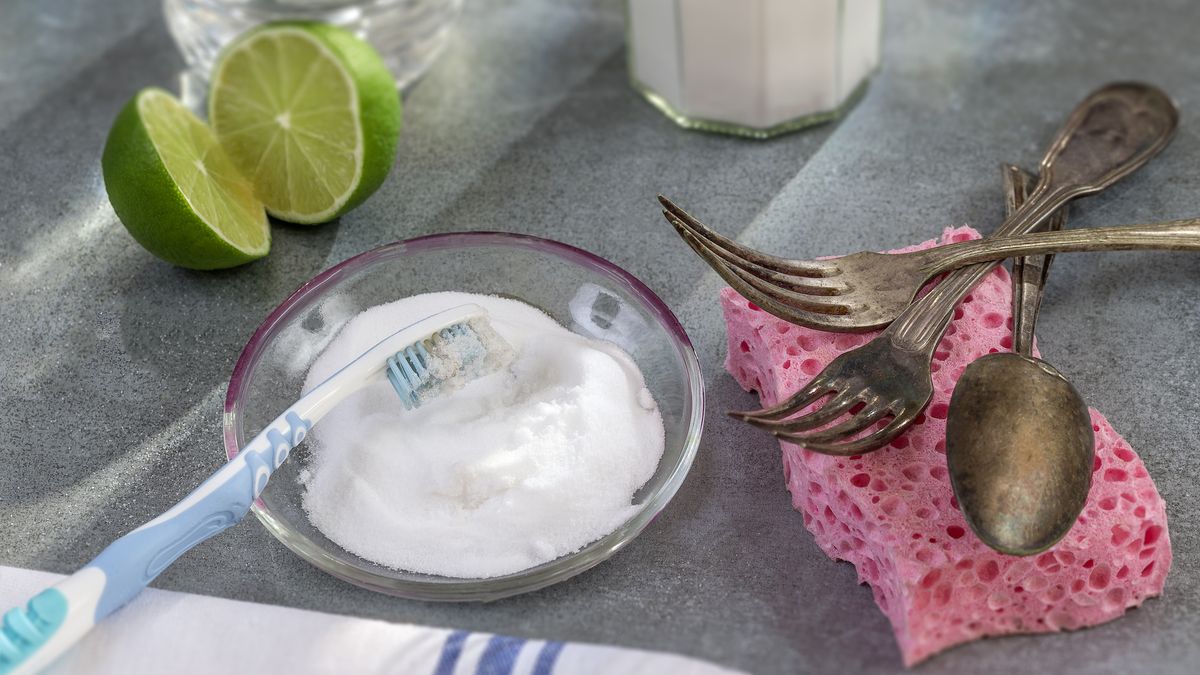

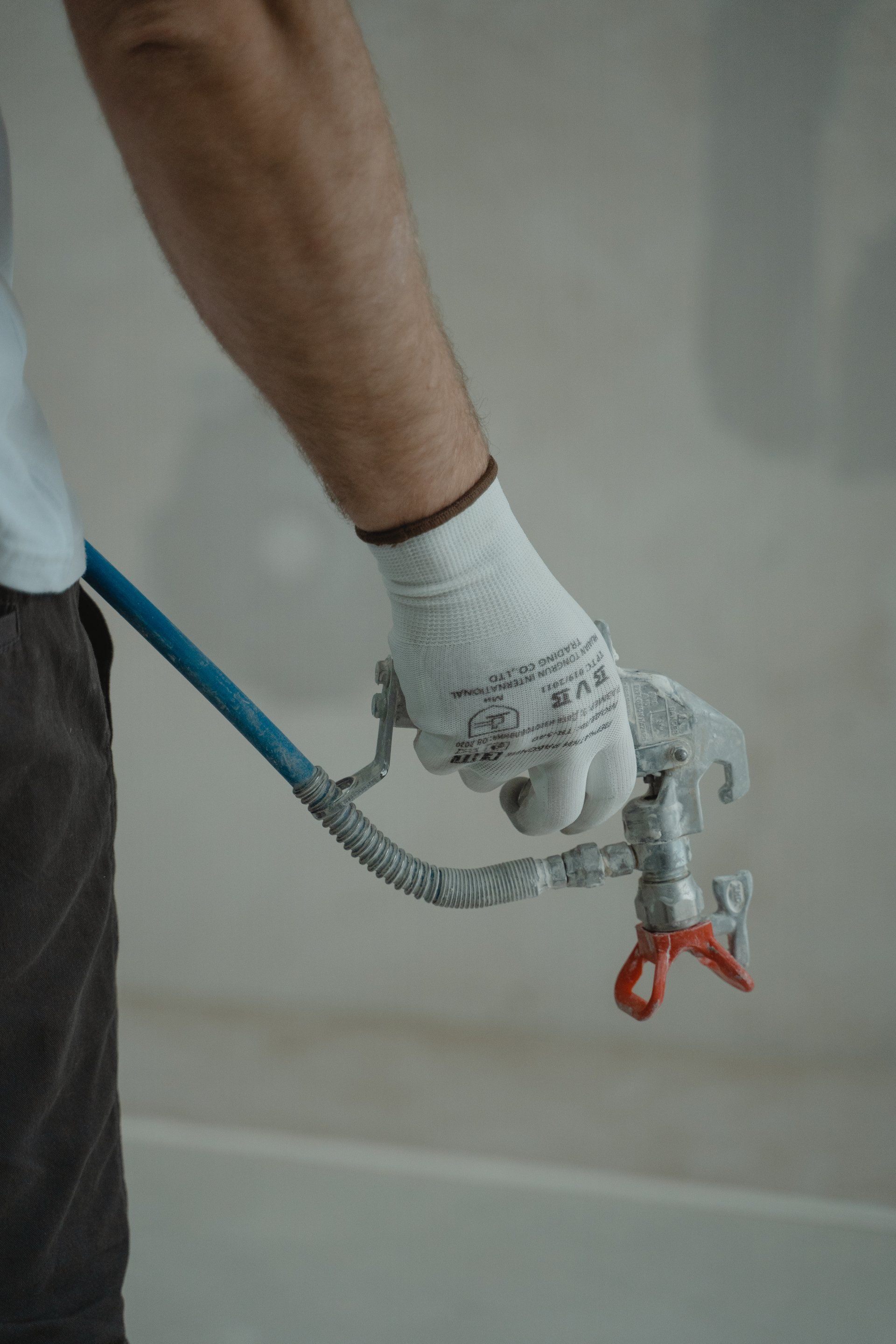

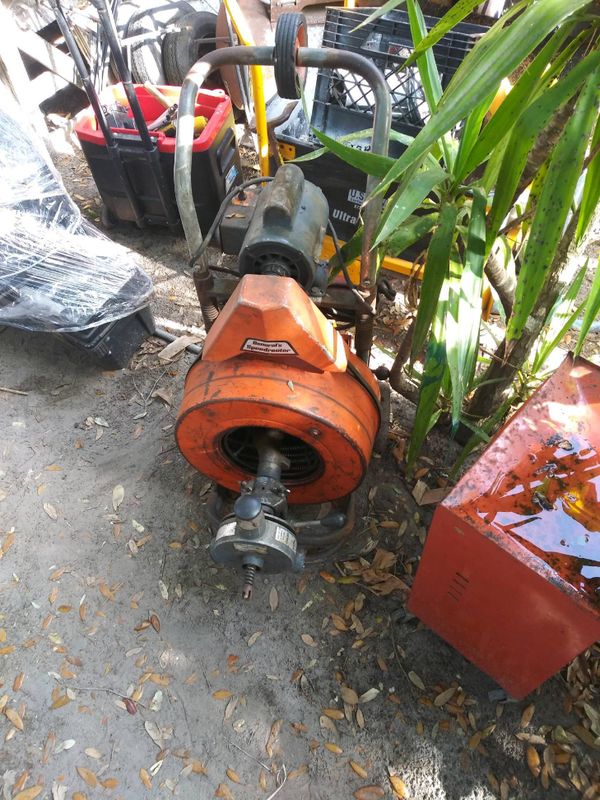

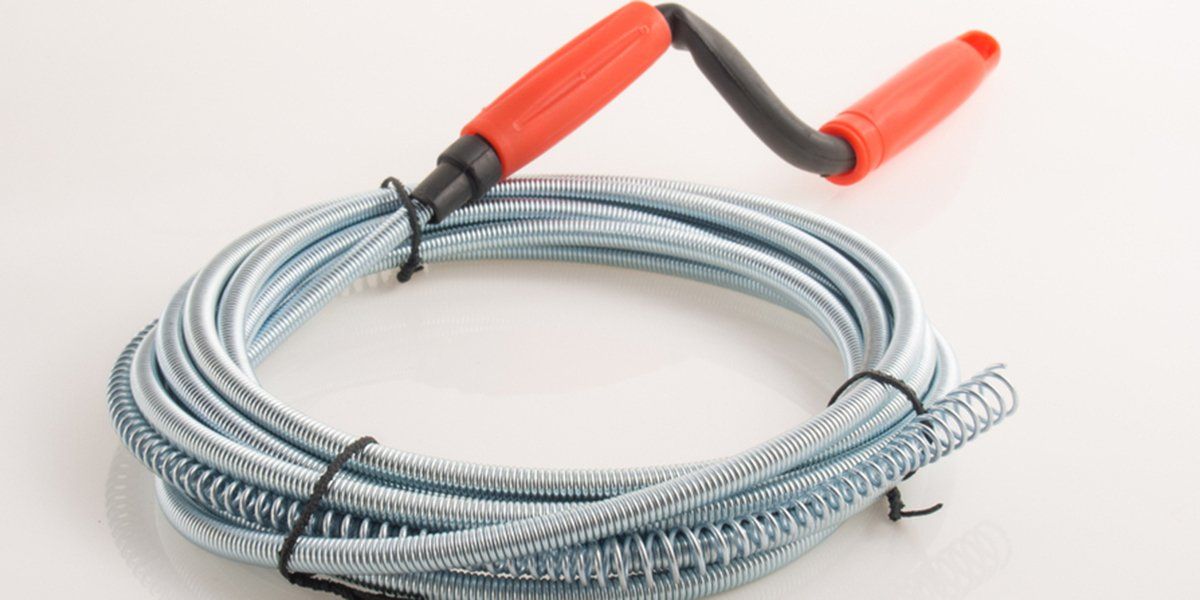





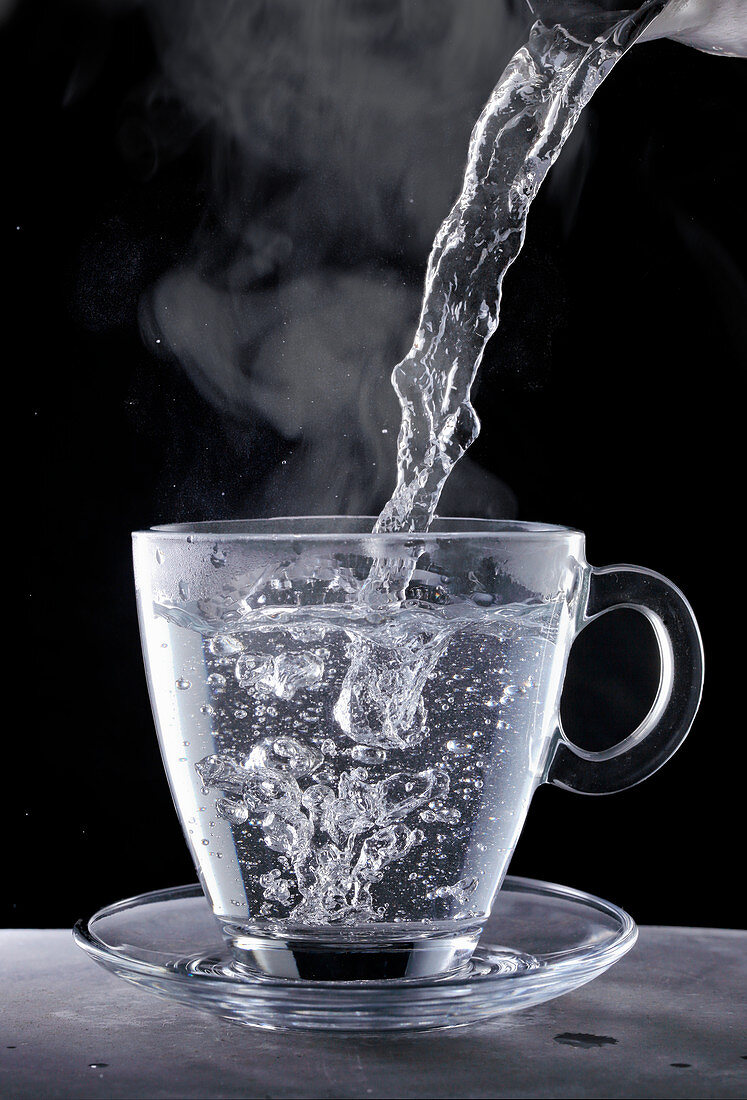


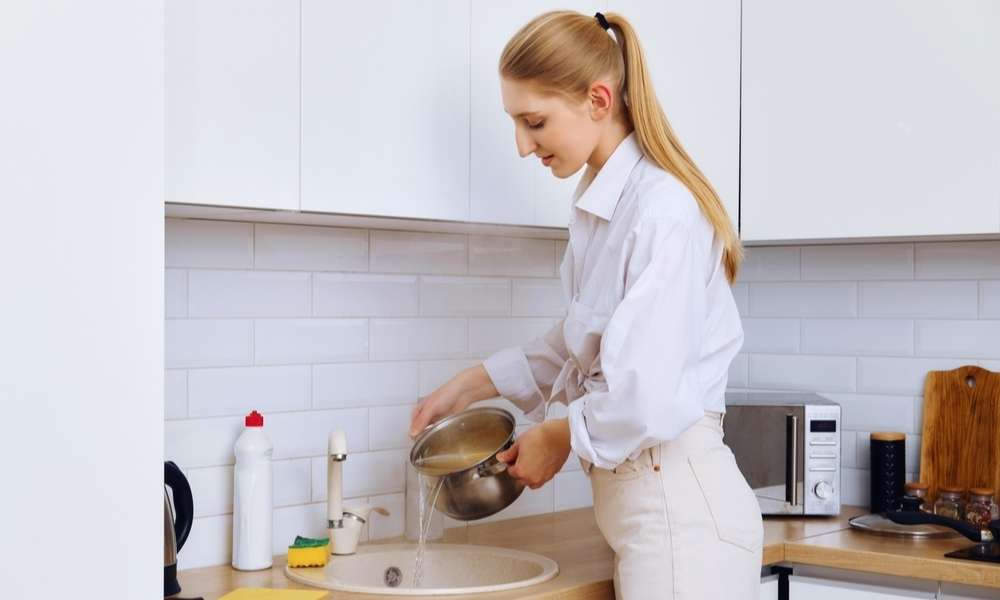
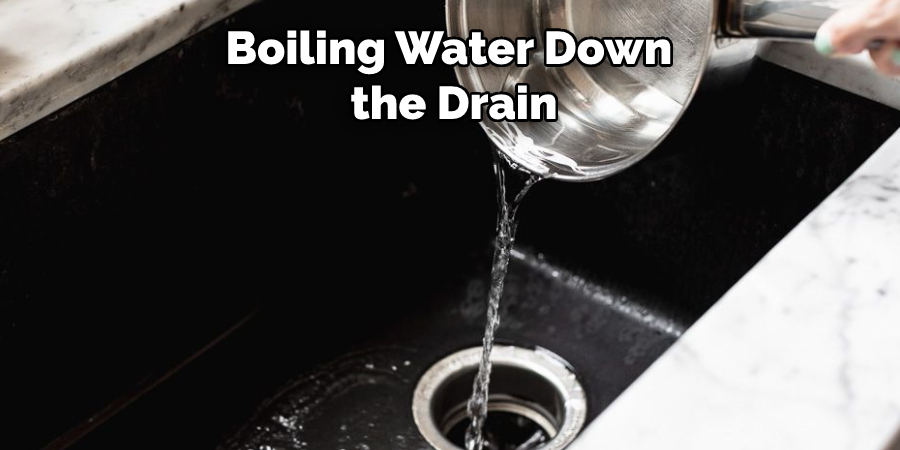


.jpg?time=1689761045394)
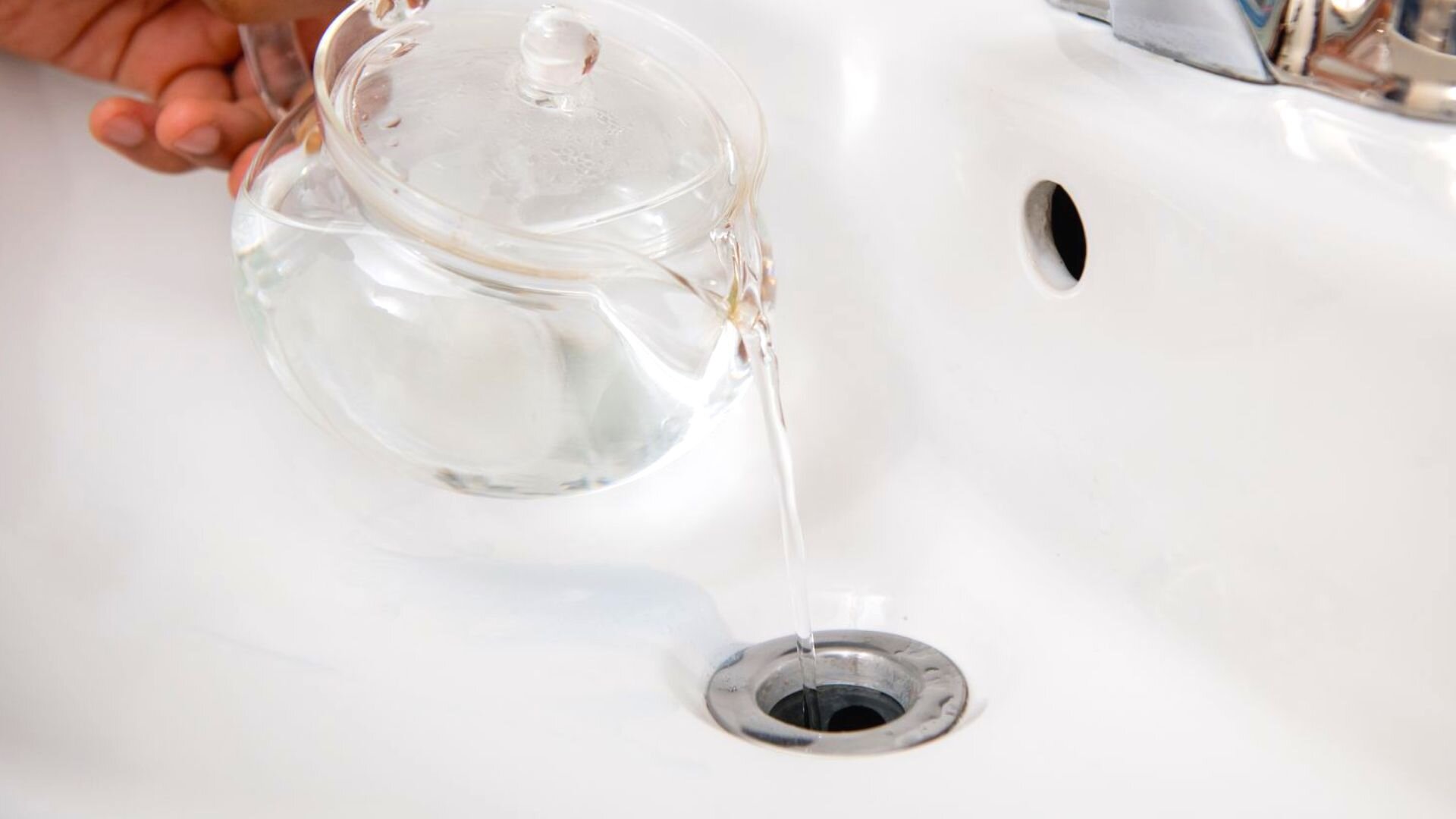
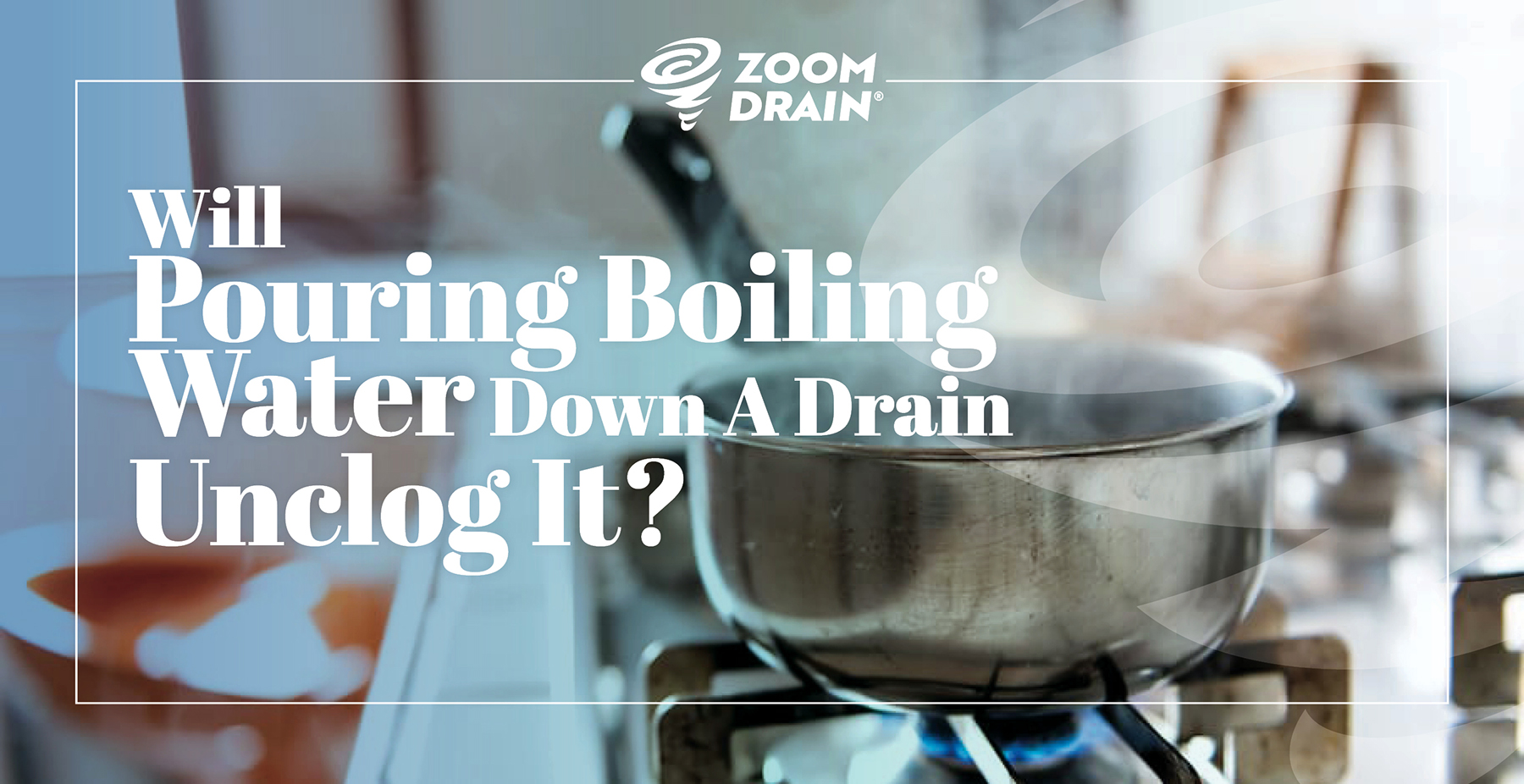


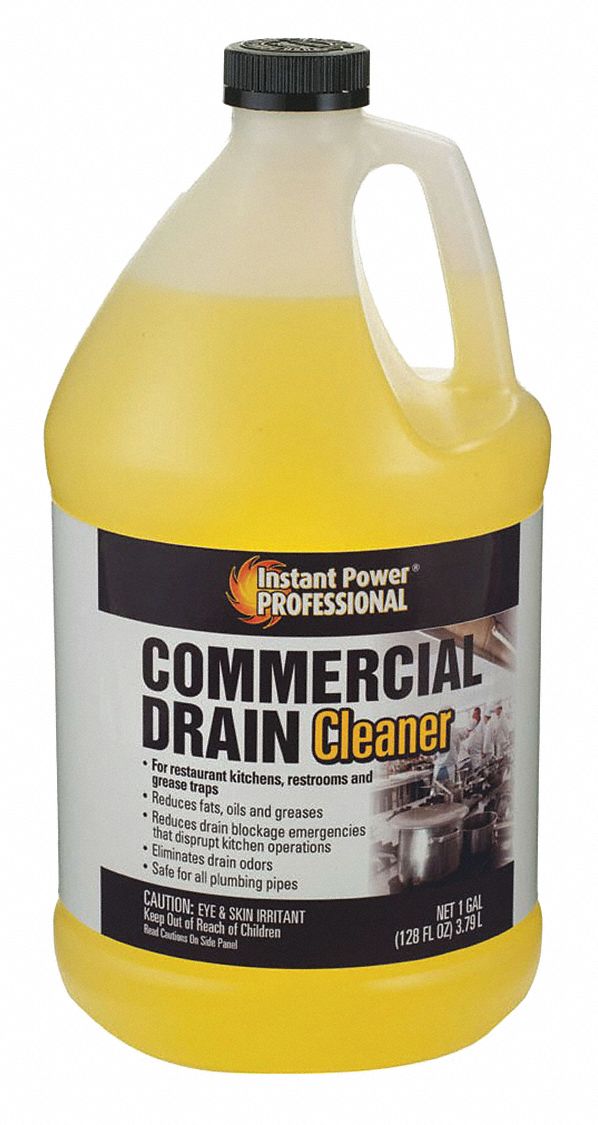


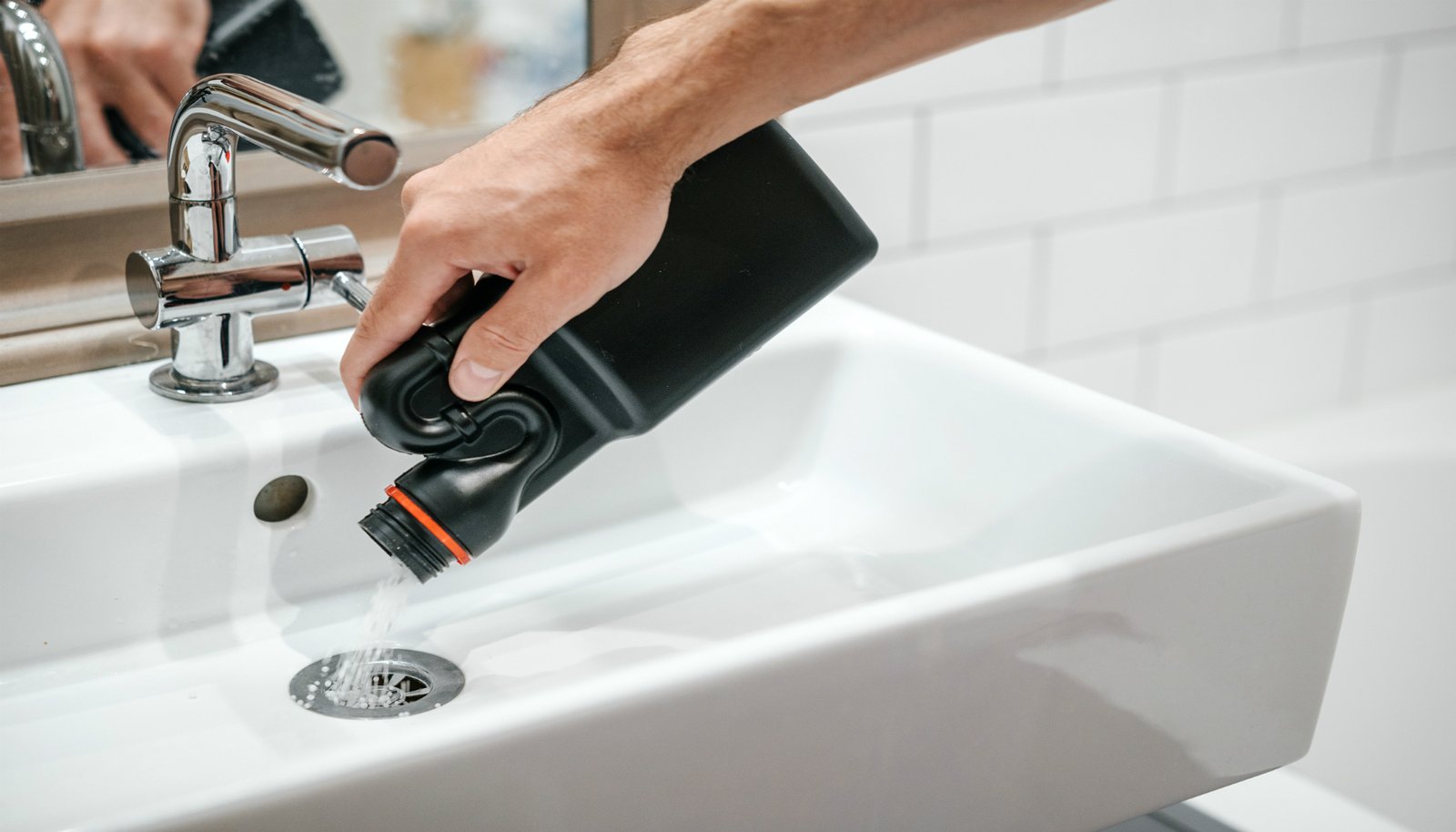






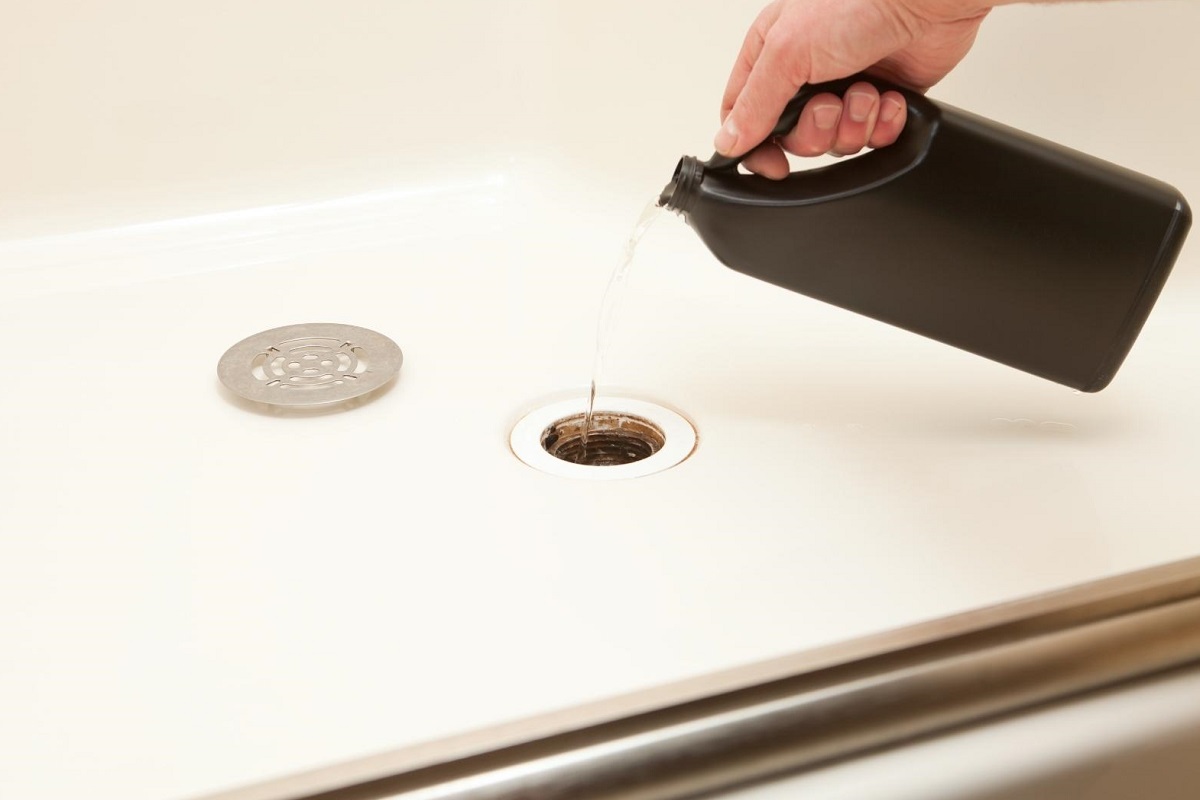





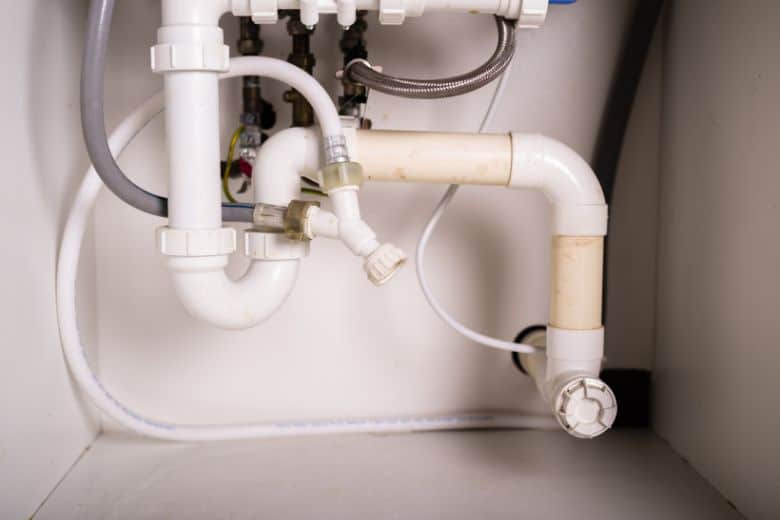




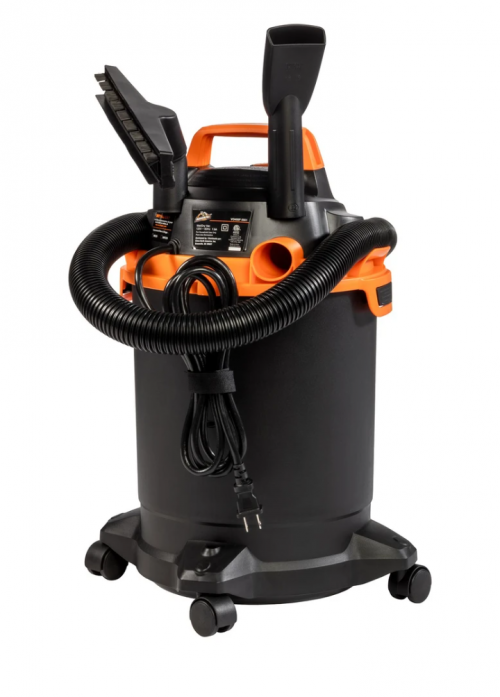


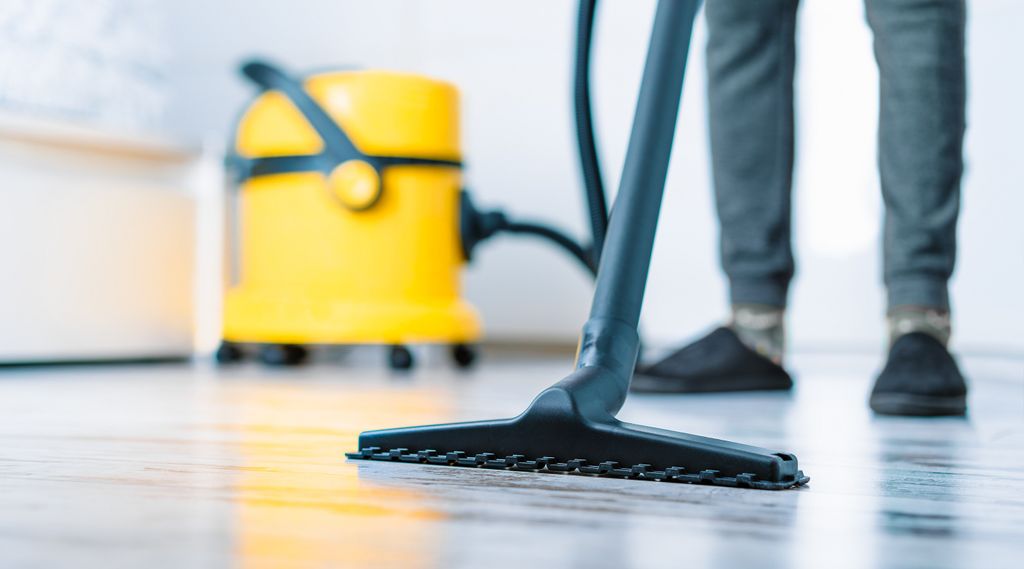





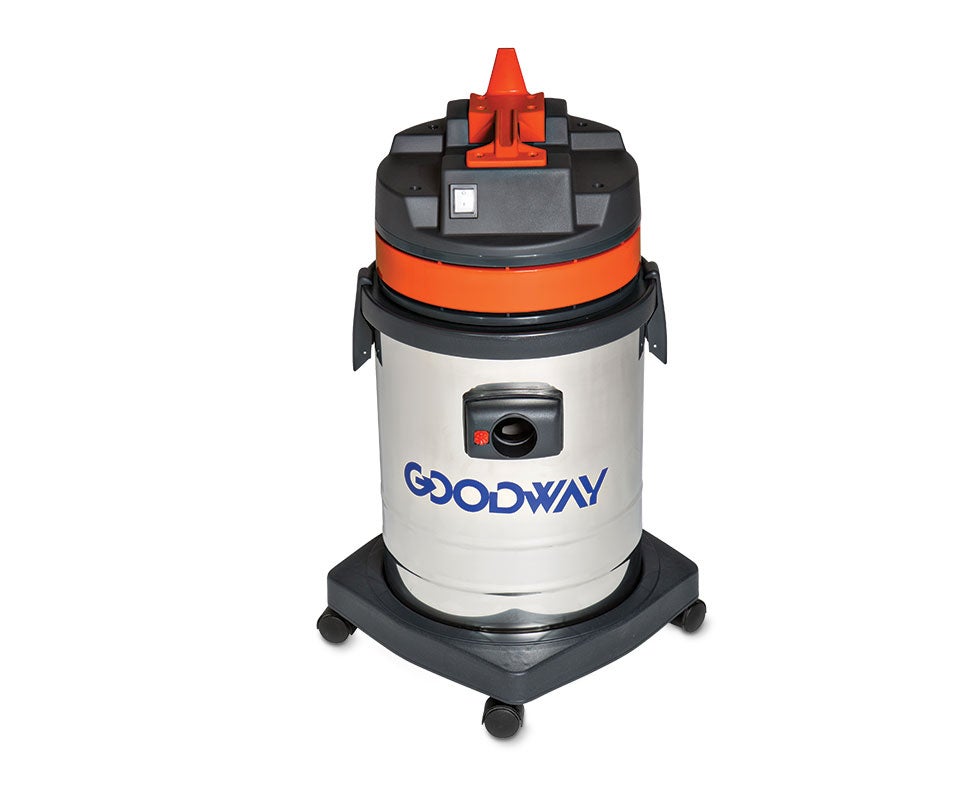


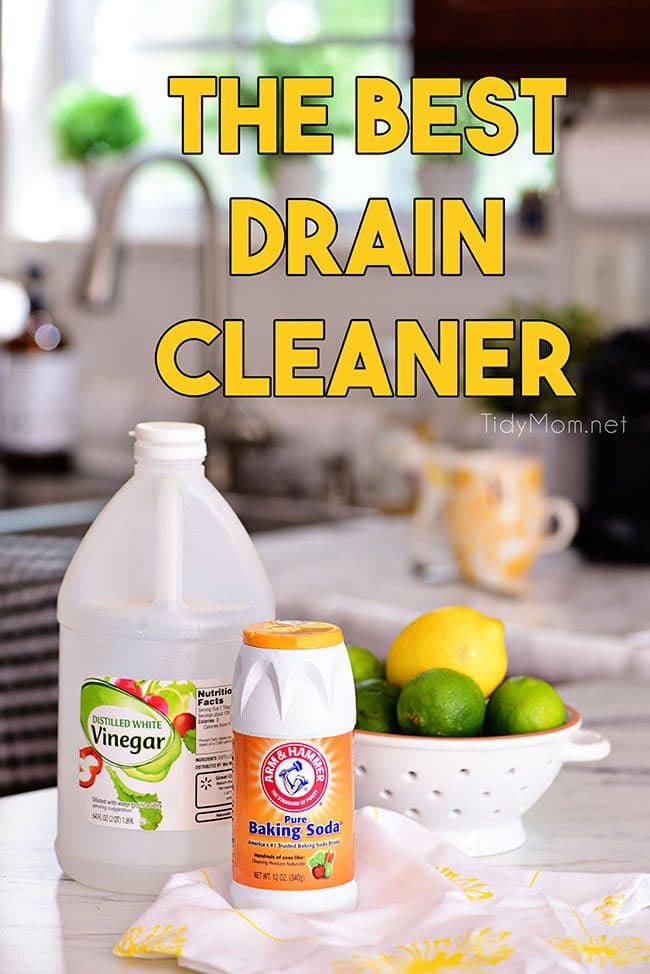





:max_bytes(150000):strip_icc()/freshen-and-unclog-drain-with-baking-soda-1900466-18-1a5b5da01939471ca8f8823865bd1ce8.jpg)
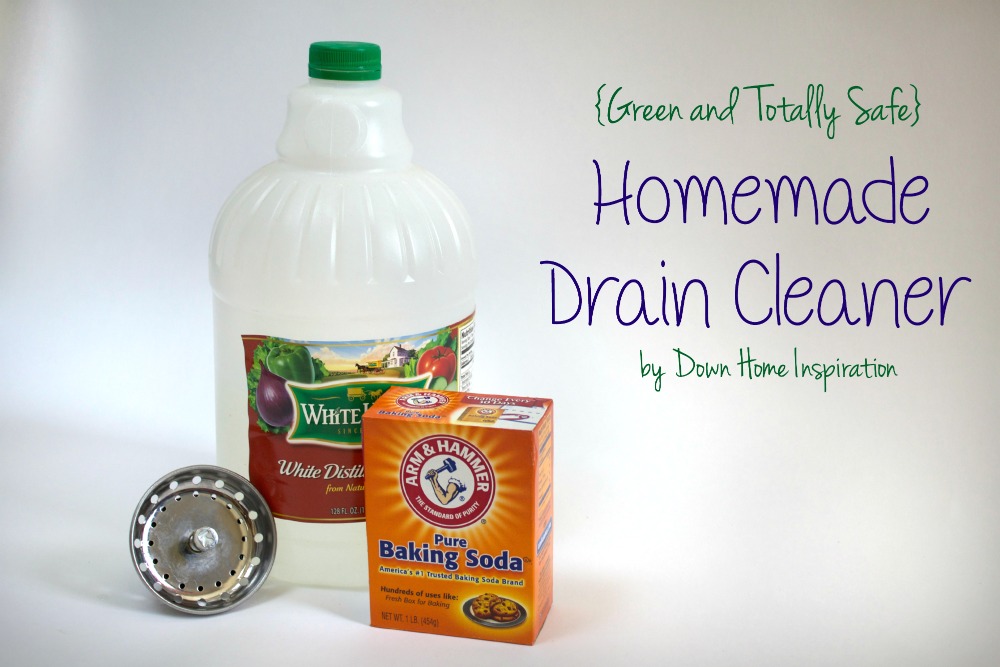




/GettyImages-80566571-5a1ca234aad52b00373338ff.jpg)
